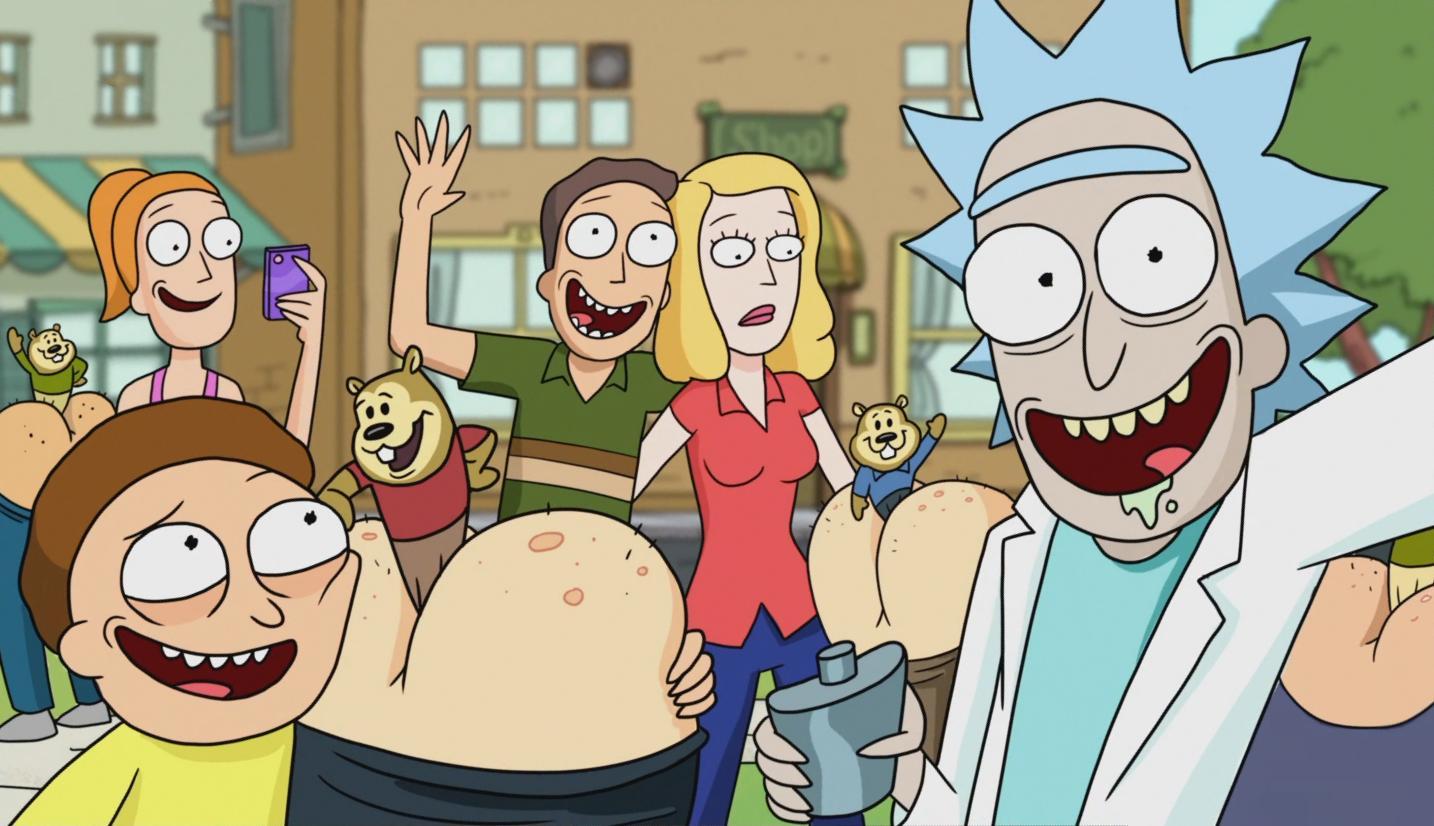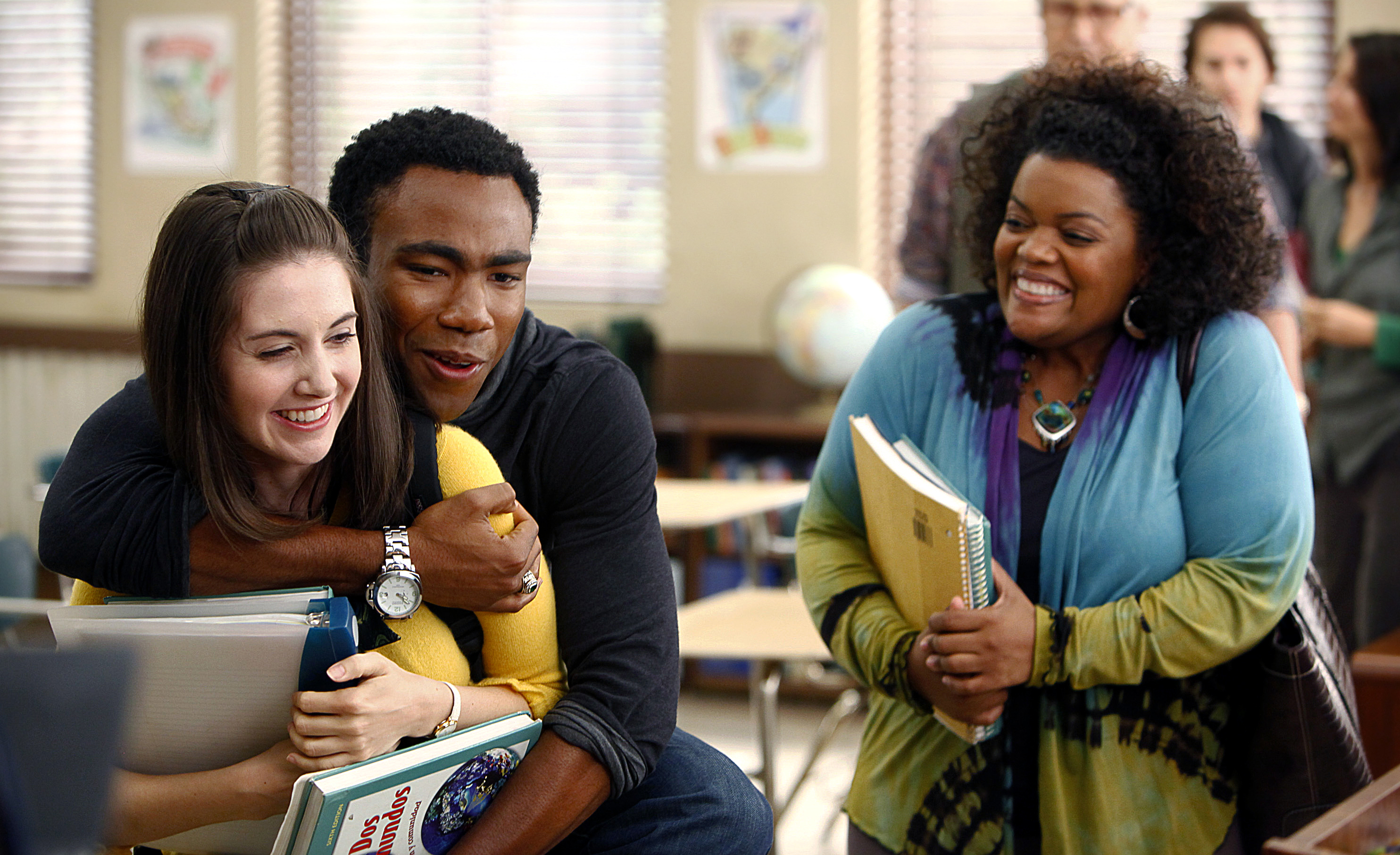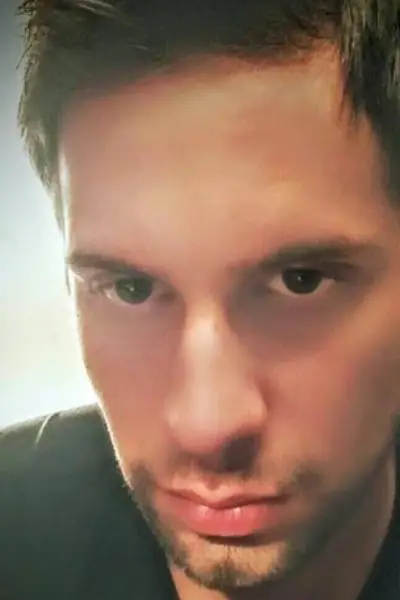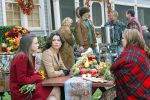The Brilliance of Community
Unlike most college media, the show portrayed what college is really like for millions of people.
By Daniel Wilcox, University of Texas at San Antonio
In my teenage years, “Adult Swim” was always late night HQ for me. My friends and I would light a spliff, throw a frozen pizza in the oven and veg out to Cartoon Network’s more absurdist animated stylings. Now, as I’ve grown older and assumed more responsibilities, “Adult Swim” has become a casualty of my lifestyle. The hours once dedicated to this late-night programming block are now reserved for work, studying, dating and failing all of those, sleep.
(Aside: Even if I had the time to watch “Adult Swim,” I’m not sure I’d gain anything from it anymore. I remember once believing that “Aqua Teen Hunger Force” was a brilliant piece of avant-garde, post-modern satire. When I sampled the show again a few weeks ago it dawned on me what the show truly was: Fodder for stoners.)

In my years neglecting its programming, I missed out on the debut of “Rick and Morty,” the brainchild of Dan Harmon. The show is hilarious, loaded with Harmon’s signature brand of pop culture references (the show’s premise is a sendup of “Back to the Future”) and lush mythology. The show has been a smash, and Cartoon Network has shared the critics’ enthusiasm, renewing the series for a third season in 2017.
Yet, watching “Rick and Morty” is something of a bittersweet experience for me. It’s refreshing to have a Dan Harmon intellectual property on the air again, but it makes me long for his old masterpiece, “Community.” If you don’t remember, “Community” was Dan Harmon’s sitcom magnum opus about a Spanish study group and their zany adventures on the campus of Greendale Community College. “Community” was unlike most sitcoms in that it expected its audience to have a functioning brain cell and an open mind (I’m looking at you, “2 Broke Girls”).
It boasted a rich mythology and frequently called back to previous gags from episodes long in the past, à la “Arrested Development.” Cultural references were abundant, but never did they pander to the audience (“Big Bang Theory”) or lazily ape the source material (“Family Guy”).
The show dared to shoot high-concept episodes that could center around a zombie apocalypse, an atemporal multiverse, a stop-motion animated Christmas special, a spaghetti western where the six-shooters are replaced with paintball guns or a mafioso tale about a chicken finger cartel.
“Community” was bold, offbeat, unconventional and criminally underappreciated in its time (the show was thrice cancelled by NBC in its five-year history, before eventually moving to Yahoo Screen for its sixth and final season). But perhaps what “Community” did best was encapsulate the community college experience in a keenly relatable way, paintball wars notwithstanding.
I was in community college when “Community” was in its prime. Before I started watching the show, I admit to feeling a tinge of shame that I wasn’t attending a major university. Films and television since time immemorial would have you believe that the only people who study beyond primary education do so at large state schools or private institutions. “Van Wilder,” “Animal House,” “American Pie 2.” Not a community college in sight. “Community” was the first production to ever normalize the experience of attending a community college, and for those of us in community college, that was huge.

The show was littered with classic community college experiences. Greendale offers obscure courses in baffling subjects, including but not limited to a semester-long analysis of the show “Who’s the Boss?” This is not unlike the “Harry Potter” elective my school offered one year (I still curse myself for not taking it).
There’s an episode where an invasive but affable student (Jack Black) tries to worm his way into the study group. I can remember sitting down to lunch with my regular friends in what passed for our school’s cafeteria only to find some new guy sitting there like he’d been with us all along. “Who is that guy?” I’d ask.
“I thought you knew him,” my friend would reply.
“Well I guess he’s cool,” we’d all eventually concede.
The main thing the show got right was the sampling of its characters. Each member of the cast was a precise representation of the typical community college personality. Major universities try their damndest to endorse diversity, but they never come close to assembling the myriad of backgrounds innately present at a community college.
Take the character of Shirley Bennett (Yvette Nicole Brown), the middle-age mother of two who, after a failed marriage, enrolls at Greendale to earn a business degree. This person is everywhere at your local community college; you’ll sit next to her in class, you’ll get paired up with her in group activities and she might even join you out on the benches for a snack or a smoke between classes. She never stops talking about her kids, except for interludes of praising Jesus and propounding her dream of opening a sandwich restaurant. If you can’t tell if I’m talking about Shirley or someone I knew in community college, then the answer is yes.
Consider also Troy Barnes (Donald Glover), a former star of high school athletics who still parades around in his varsity jacket. The slow realization that the successes and consequential popularity of high school don’t translate to his new environment mark the strongest shift in character for Troy. Again, you see this in every classroom of a community college, with students who were alphas in grade school finding their old status amounts to nothing in this new setting, where everyone is starting from the bottom.
It would have been easy for Dan Harmon to make Shirley and Troy into targets of ridicule, but “Community” was not about taking potshots at community college or its students. Rather, it was a celebration of the approximately seven million people enrolled in such institutions. For me, seeing a representation of myself—if you’re keeping score, Abed Nadir (Danny Pudi) would be my counterpart—helped to alleviate the conflict I felt attending a community college.
I mentioned shame earlier, which is strangely the root of that conflict. A better way to describe it would be a general lack of pride with one’s station. I think this was best demonstrated in the third-season episode “Documentary Filmmaking: Redux.” Dean Pelton (Jim Rash) is charged with producing a TV commercial for Greendale Community College.
During the tumultuous production cycle, the Dean has a breakdown, and he’s forced to admit that his endeavors to make Greendale appear better than it is stems from his general dissatisfaction presiding over a mere community college as opposed to a more esteemed university. This is kind of the state a lot of us in that environment felt. We compensated with denial.
But at the end of the episode, Dean Pelton’s students help him realize that the work he’s doing at Greendale is more impactful than anything he could do elsewhere. I believe that was the lesson Dan Harmon was trying to teach us. No, community college was not in our plan; it was not where we intended to wind up. But we’re here, and while we’re here we have a chance to build something bigger than who we are with other people who are in the same position.
Or to paraphrase Joel McHale in the pilot episode, it’s how we go from being a study group to being a community.

















